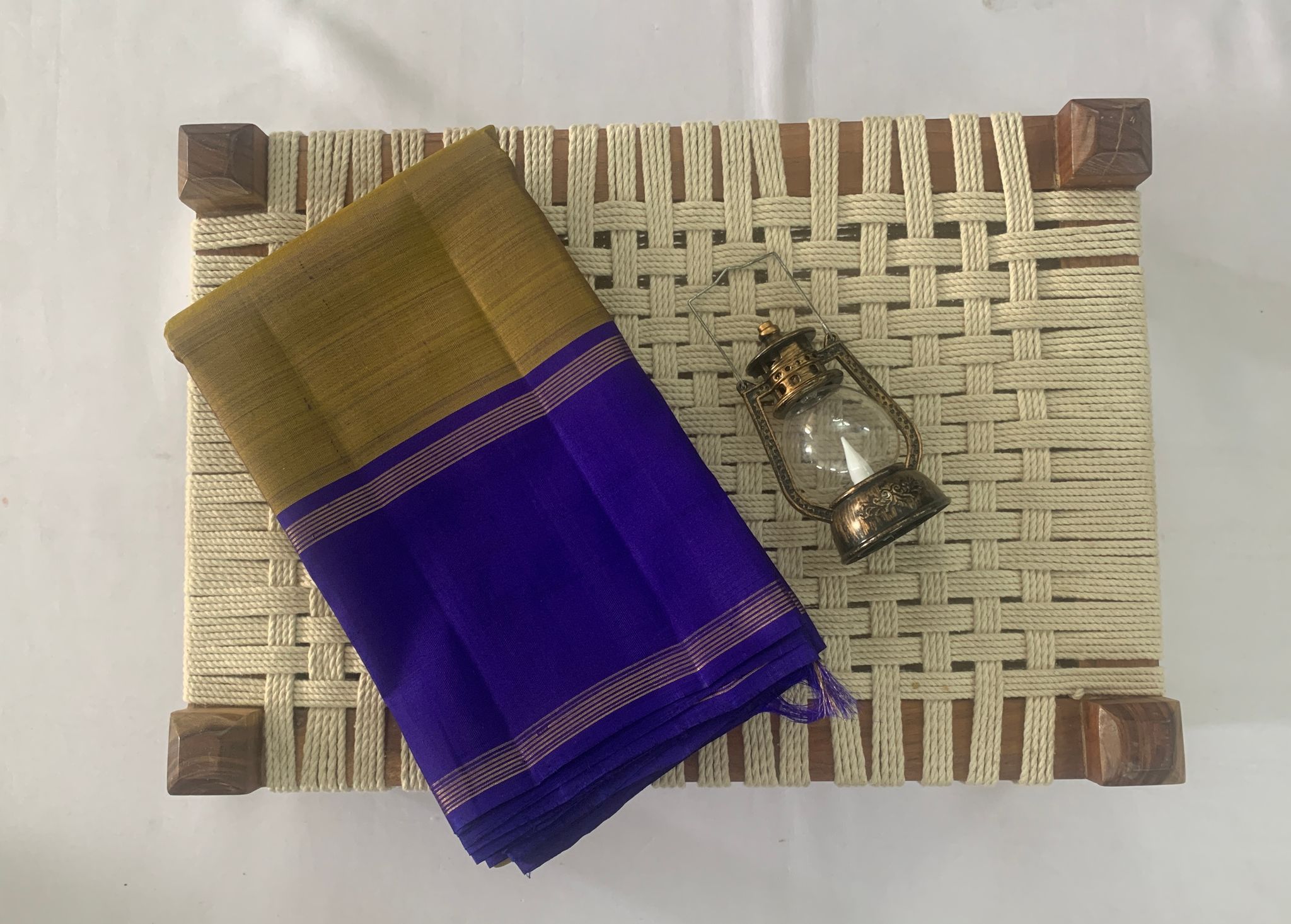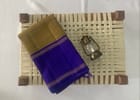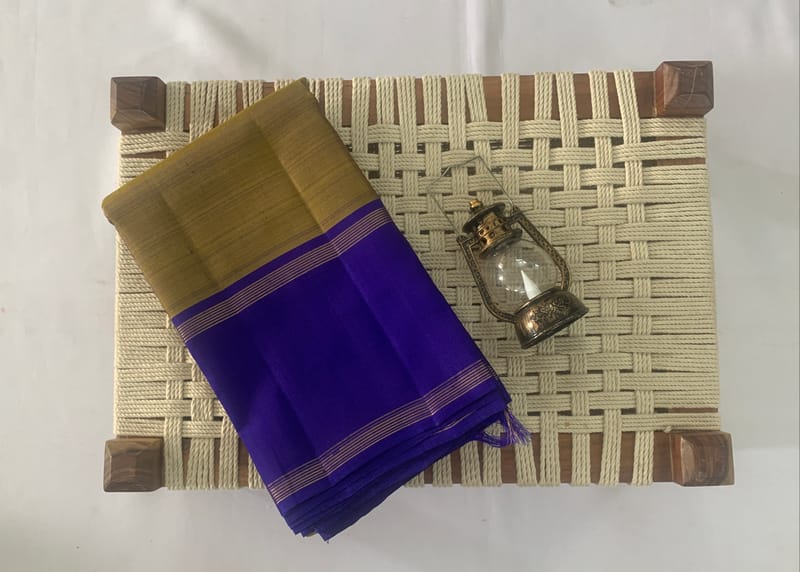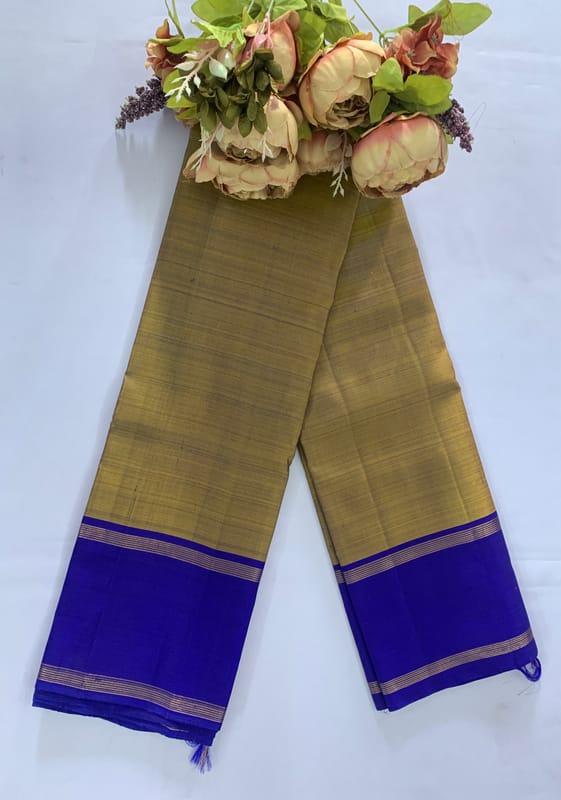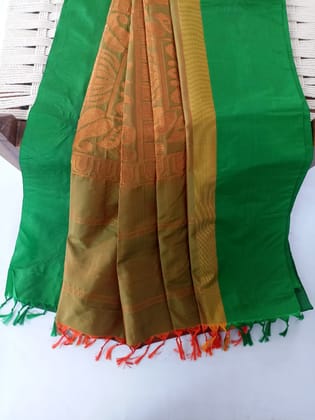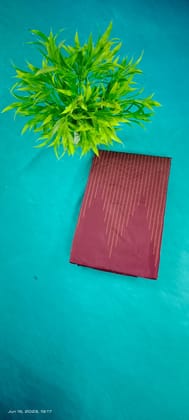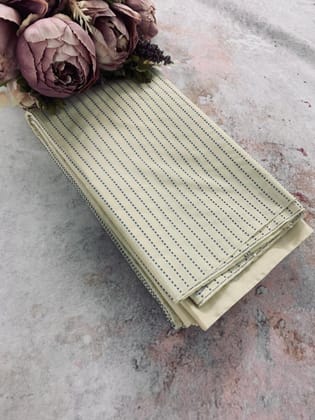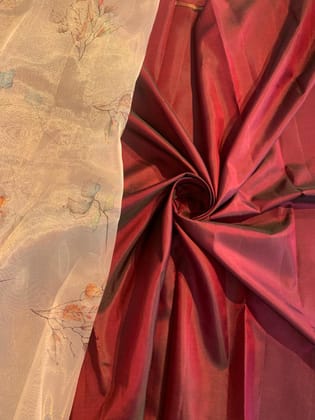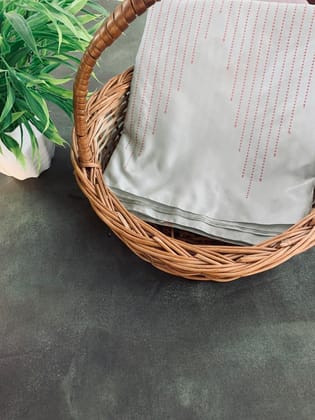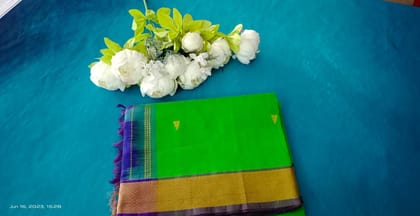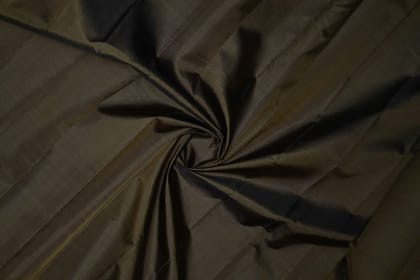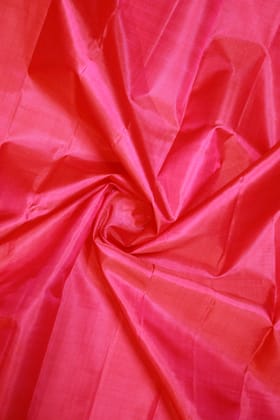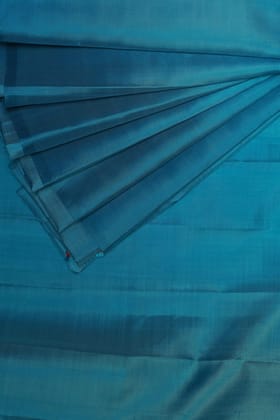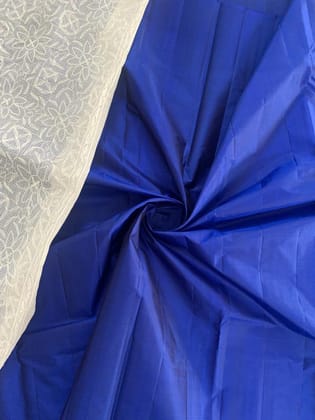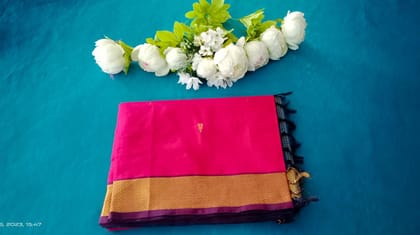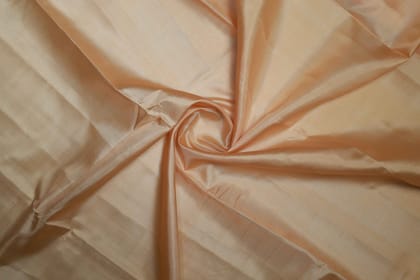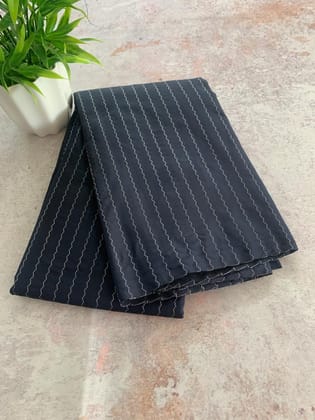Navasaarigaui
NVDHSSYG026 -Yellowish Green and blue Dobby Handloom Silk Saree
MRP ₹15,500
| Country of origin | India |
|---|---|
| Brand | Navasaarigaui |
| Common name | Silk Saree |
| Net Quantity | 1 piece |
| Dimensions | 33*22*5 |
| Manufacturer or packer name | Navasaarigai |
| Manufacturer or packer address | Tiruvannamalai |
| Manufacturing Date | 01/2024 |
| contact details consumer care | [email protected] |
A Yellowish Green and Blue Dobby Handloom Silk Saree is a traditional Indian garment known for its elegance and craftsmanship. Here's a detailed description:
-
Color: The primary colors of this saree are yellowish green and blue. Yellowish green often imparts a vibrant and refreshing look, while blue adds a cool and calming touch. The combination of these two colors can create a visually appealing and balanced appearance.
-
Material: The saree is made from handloom silk, a luxurious fabric known for its smooth texture, rich feel, and natural sheen. Handloom silk sarees are often prized for their quality and the skilled craftsmanship involved in their creation.
-
Weave: The term "Dobby" refers to a type of weave that creates intricate patterns and designs on the fabric. Dobby weaving involves the use of a special loom that allows for small, geometric patterns and extra texture in the fabric. This adds a level of sophistication and uniqueness to the saree.
-
Design: The saree is likely to feature traditional Indian motifs, intricate patterns, or contemporary designs created through the dobby weaving technique. The combination of yellowish green and blue provides a canvas for these designs to stand out, creating a visually stunning ensemble.
-
Border and Pallu: The saree may have a contrasting or complementing border, enhancing the overall look. The pallu, the decorative end of the saree draped over the shoulder, might showcase elaborate designs, making it a focal point of the ensemble.
-
Blouse Piece: Typically, a matching or contrasting blouse piece accompanies the saree, allowing the wearer to tailor it to their preferences.
-
Occasion: This type of saree is versatile and can be suitable for various occasions, including festive celebrations, weddings, and cultural events. The vibrant colors and intricate designs make it an excellent choice for special occasions.
-
Maintenance: Handloom silk sarees usually require special care to maintain their quality. Dry cleaning or gentle handwashing is often recommended to preserve the fabric and colors.
Overall, a Yellowish Green and Blue Dobby Handloom Silk Saree represents a blend of traditional craftsmanship and contemporary design, offering a graceful and stylish attire for special occasions.

